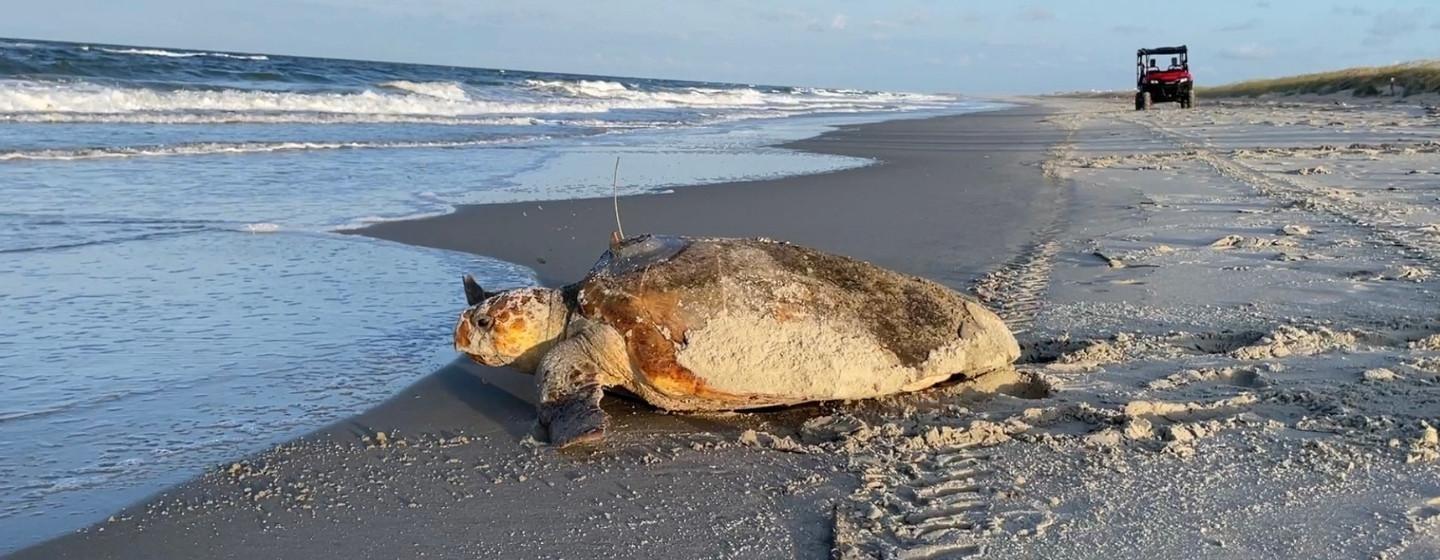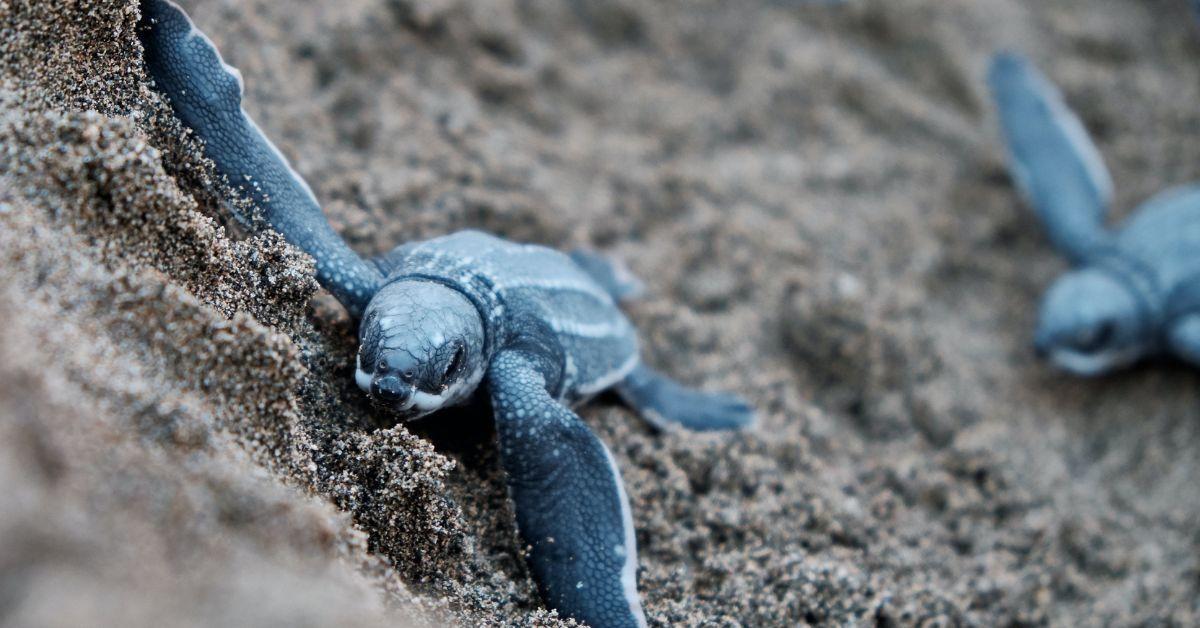Unlocking the Mysteries of Sea Turtle Migration


When most people are asked about sea turtles, they probably picture loggerhead turtles. Loggerheads are the best-known sea turtles, and there are a lot of good reasons for that:
Plenty of nesting sites: Loggerheads are the most abundant sea turtle nesting species in the United States, which makes them a focal point for coastal conservation programs.
Appearance: Their large heads, from which they get their name, and powerful jaws, which let them crush their prey, make them easy to remember.
Wide distribution: Loggerheads are found in the Atlantic, Pacific and Indian Oceans, so people around the world are exposed to them directly or through media.
Conservation importance: Due to population declines in some areas, loggerhead sea turtles are listed as endangered under the Endangered Species Act. That’s because of habitat destruction, pollution and bycatch (turtles accidentally caught in fishing gear and severely injured or killed).
Because loggerheads are so popular, we know a lot about them, including their preferred diet (crabs, shrimp, other invertebrates), how many eggs they lay in a nest (about 100) and their lifespan (80 years or more). We also know that nesting females return to the region where they were born to lay their eggs.
Ironically, for all we do know about loggerheads, we don’t know very much about how they spend their time at sea. And that’s where Bald Head Island Conservancy’s Sea Turtle Protection Program hopes to make its scientific mark.
“We’ve learned that one turtle can make three or four stops on the island to nest over a several-week time frame,” said Paul Hillbrand, a sea turtle biologist at the conservancy, in an interview with Sci NC. “We’ve also learned about where the turtles spend their summers when they are not nesting and where they spend the winter. And just like people, we’re finding that every turtle is unique in what it does and where it goes.”
Hillbrand and his team of one technician and four interns become night owls from May through August. Their goal is to intercept and tag every nesting turtle that visits the island’s beaches from dusk to dawn.
The team moves quickly during their patrols. On average, the turtles spend about 90 minutes on the beach. Once they leave the water, they crawl up the beach, dig a nest, lay eggs and return to the sea.
Researchers attach two flipper tags and one passive integrated transponder (PIT) tag to every turtle. Besides identifying and tagging turtles, the team collects data and biological samples, places protective cages over nests, relocates nests in dangerous locations, keeps hatchlings safe on their way to the ocean and teaches beachgoers about the program and sea turtles.
Their work has made Bald Head Island one of two “index beaches” in North Carolina designated by the National Marine Fisheries Service. The data collected from index beaches helps scientists make predictions about sea turtle population trends. Hammocks Beach State Park, about 75 miles north along the coast, is the state’s other index beach.
Monitoring and research are done according to the North Carolina Wildlife Resources Commission’s Endangered Species Permit. The flipper and PIT tags (inserted into each turtle’s shoulder like a microchip) let the team identify individual turtles and track their nesting habits and where they go after they leave the beach.
The tags have depth sensors to record the types of dives turtles perform. From the dives, researchers can infer when turtles are feeding and resting. The tags send out a signal every time a turtle surfaces for air, creating a map of each turtle’s travels.
Bald Head Island averages about 100 loggerhead sea turtle nests every season. Each turtle can build three to four nests per season, with about a two-week span between each nest.
“I’ve been working with turtles for 13 years and I never take it for granted,” said Hillbrand. “[Being] out there on a dark beach with a mystical creature that has been so important to so many civilizations and really hasn’t changed much since the time of the dinosaurs is just so cool.”
Thanks to the team’s data collection, scientists have learned that Bald Head Island’s nesting moms swim north toward New England or south toward Florida. They’ve also discovered that while some turtles return to nest on the specific beach where they were born, others nest in the general area, nesting on several different beaches on the island.
Hillbrand hopes to continue the research focus of the conservancy’s work and regularly publish the data they collect.

Data from the NC Wildlife Resources Commission shows it was a good year for all turtles along the state’s coast.